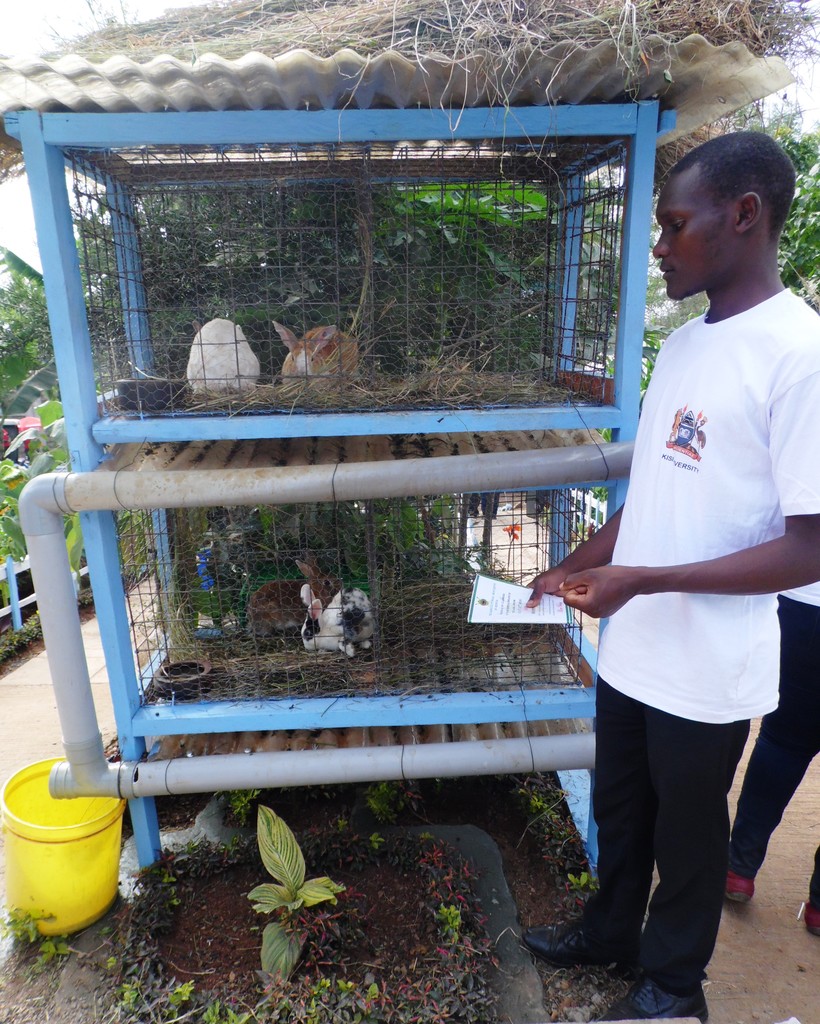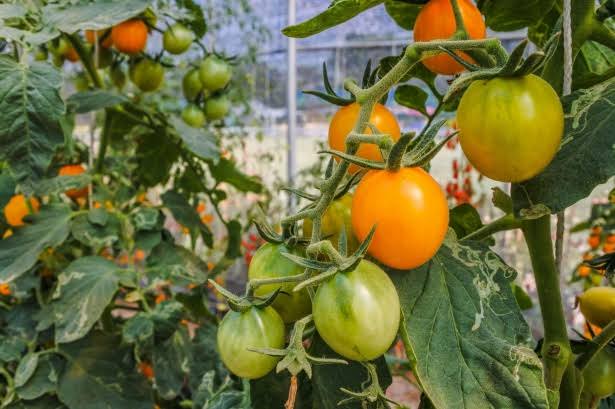
A simple mix of a charcoal suspension and a raw egg can save rabbits that have been poisoned by feed, by making them vomit.
Brian Otwori, a former Kisii University animal production technology student now managing the institution’s rabbit farm, said cutting the supply of the toxins in time would save these delicate non-ruminants.
“After detecting poisoning, the farmers should quickly prepare a mixture of about five mililitres of an egg together with charcoal. The mixture will initiate vomiting. Vomiting immediately cuts the source of the poison, as well as reduces the concentration for suppression in the system,” he said.
Rabbits instinctively avoid poisonous plants. But with farmers using common weeds for feeds, they can easily lose stock to poisonous plants slashed together with the feeds.
Related News: Malaa farmer turns his kid's rabbit keeping hobby into thriving business
Related News: Nairobi rabbit buyer recruiting 2000 farmers to meet supply shortfall
Rabbits are delicate non-ruminants that can be swept within an hour after poisoning.
Dangerous weeds to rabbits
Common poisonous plants include Irish potato leaves and tubers, tomato leaves, and most crops in the solanaceae family. Plants in this family contain solanine that kills cells most small non-ruminants.
Oxalis, avocado, Sodom apple, jimson weed (Datura) and pig weed are the other toxic plants farmers should avoid.
Oxalis grows in grass as well as in the shambas and can be slashed and included in the feeds without noticing. Pig weed for instance, Otwori said, has nitrite compounds which disrupt the chemical balance of the body system.
Related News: Muranga based company looking for rabbit meat suppliers
"Charcoal powder and eggs are strong detoxidants, when mixed in correct ratios", Otwori said.
The student, who is graduating later his year, is also a rabbit farmer at his home at Kenyerere Kebirigo, Nyamira County.
He has 37 rabbits and hopes to increase the stock to more than 100 to tap into urine agribusiness.
Write comment (0 Comments)
















